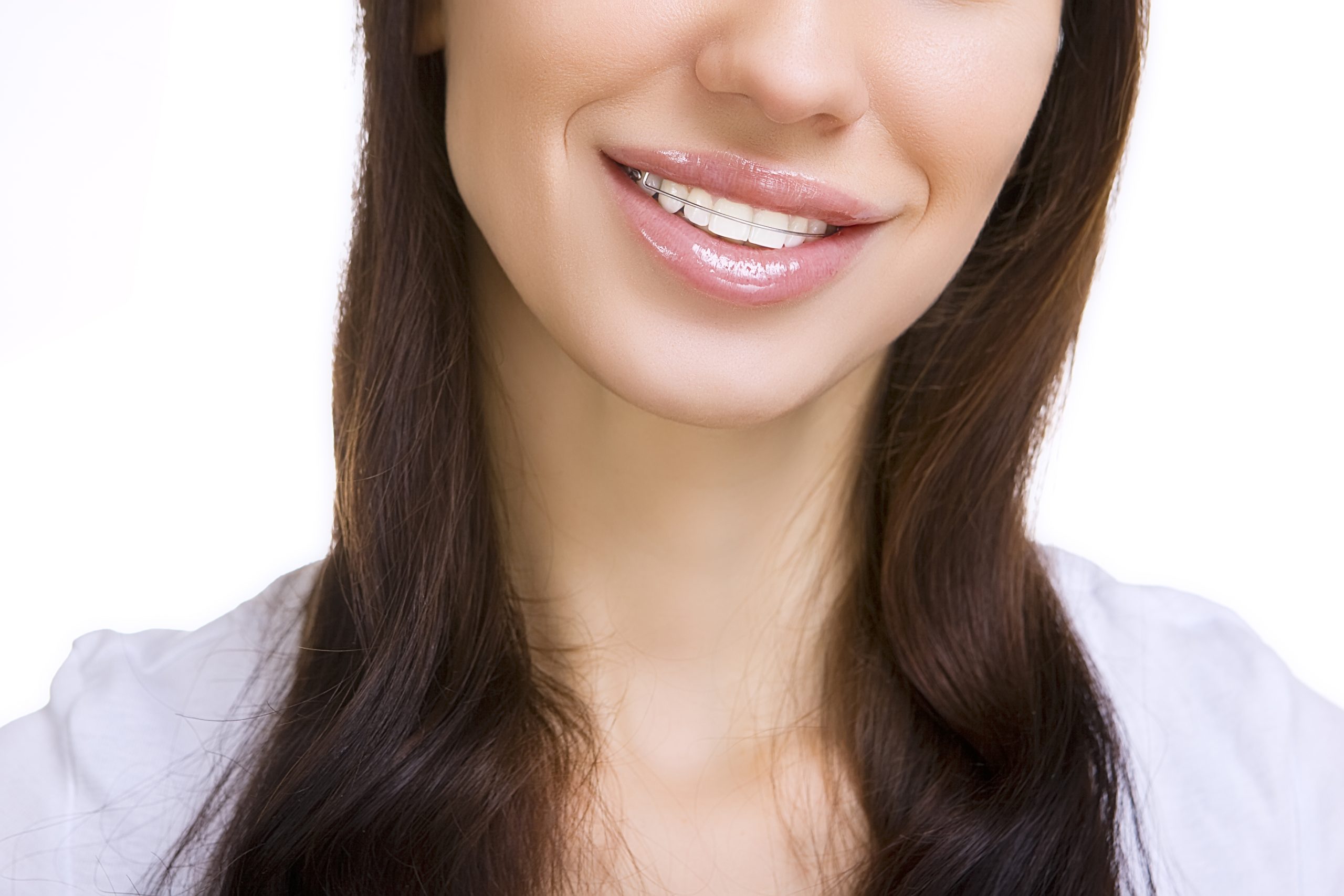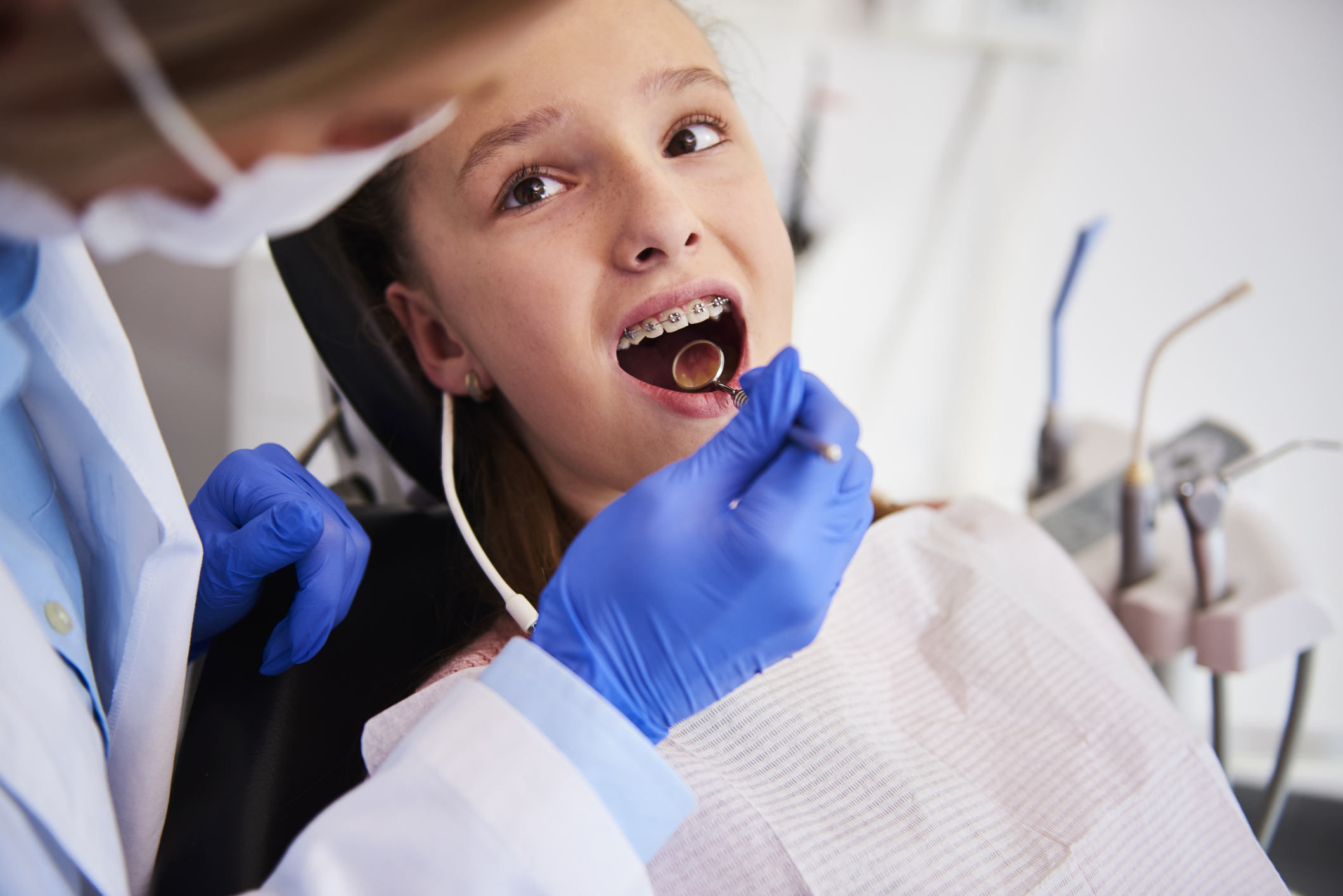Subtotal $0.00
Orthodontic treatment is a significant investment in your smile. Braces work wonders to align teeth, correct bite issues, and enhance overall dental health. However, the journey to a perfect smile doesn’t end when the braces come off. This is where retainers play a crucial role. Retainers ensure that the results achieved through months or even years of orthodontic treatment are maintained. Wearing retainers is essential for keeping your teeth in their new, corrected positions, ensuring your smile remains beautiful and healthy for a lifetime.
What Are Retainers?
Retainers are custom-made dental appliances designed to keep your teeth in place after your braces are removed. There are two main types of retainers: fixed and removable.
- Fixed Retainers: These consist of a thin wire bonded to the back of your teeth, offering a permanent solution that keeps teeth from shifting.
- Removable Retainers: These include Hawley retainers and clear plastic retainers, such as Essix retainers. Hawley retainers have a plastic base that sits on the roof of the mouth and a wire that wraps around the front teeth. Clear plastic retainers are made from a transparent plastic material that fits snugly over your teeth.
The customization and fitting process for retainers involve taking precise molds or scans of your teeth to ensure a perfect fit, which is vital for their effectiveness.
Why Retainers Are Necessary
Even after achieving perfectly aligned teeth with braces, your teeth have a natural tendency to shift back to their original positions. This is due to the elastic fibers in the gum tissue that tend to pull the teeth back to their pre-treatment positions. Retainers counteract this tendency, stabilizing your teeth in their new positions while the surrounding bone and tissues adjust and settle.
The long-term benefits of wearing retainers include maintaining the alignment of your teeth, preserving the improvements made by your braces, and preventing the need for future orthodontic treatments. Consistent retainer wear ensures that your teeth stay beautifully aligned and your smile remains as perfect as the day your braces were removed.
Types of Retainers
There are several types of retainers, each with its own features, advantages, and disadvantages.
- Hawley Retainers: These consist of a plastic or acrylic base that rests on the roof of your mouth or under your tongue, with a metal wire that surrounds your teeth. They are durable and adjustable but can be more noticeable compared to clear plastic retainers.
- Clear Plastic Retainers: Such as Essix retainers, these are made from a transparent plastic material that fits snugly over your teeth. They are less noticeable than Hawley retainers and are easy to wear. However, they may not last as long and can be more prone to damage if not cared for properly.
- Fixed Retainers: Also known as bonded or permanent retainers, these are thin wires bonded to the back of your front teeth. They are a permanent solution and do not require daily removal. However, they can make cleaning your teeth more challenging and require careful hygiene practices.
Choosing the right retainer depends on your individual needs, lifestyle, and preferences. Your orthodontist will help you determine the best option for you.
How to Care for Your Retainer
Proper care and maintenance of your retainer are crucial to ensure its longevity and effectiveness. Here are some tips:
- Removable Retainers: Clean your retainer daily with a toothbrush and non-abrasive toothpaste or a retainer cleaner. Avoid using hot water, as it can warp the plastic. When not in use, store your retainer in its protective case to prevent damage and loss.
- Fixed Retainers: Maintain excellent oral hygiene by brushing and flossing around the retainer. Use floss threaders or interdental brushes to clean between your teeth and under the retainer wire.
Avoid hard, sticky, or chewy foods that can damage your retainer, and always handle it with care.
Wearing Your Retainer: Best Practices
To maintain the results of your orthodontic treatment, follow these guidelines for retainer wear:
- Initial Phase: Wear your retainer full-time as directed by your orthodontist, usually for several months to a year.
- Maintenance Phase: Transition to wearing your retainer at night. Continue this routine indefinitely to ensure your teeth remain in their corrected positions.
- Adjusting to Life with a Retainer: It may take some time to get used to wearing a retainer. Practice speaking with it in your mouth, and be patient as your tongue and mouth adjust.
Consequences of Not Wearing Your Retainer
Neglecting to wear your retainer can lead to teeth shifting back to their original positions, undoing the results of your orthodontic treatment. This relapse can cause bite issues, misalignment, and the potential need for further orthodontic interventions, which can be costly and time-consuming.
Encouragement and Support
Consistent retainer wear is vital for maintaining your beautiful smile. Here are some tips to stay motivated:
- Set Reminders: Use alarms or reminders on your phone to remember to wear and clean your retainer.
- Support System: Parents can encourage and remind their children to wear their retainers consistently. Having a supportive network can make a big difference.
Keep Your Smile Perfect
Wearing retainers after braces is crucial for preserving the results of your orthodontic treatment. By following your orthodontist’s recommendations and maintaining good retainer care and hygiene practices, you can ensure your smile stays healthy, beautiful, and perfectly aligned for years to come. Embrace the commitment to wearing your retainer and enjoy the lasting benefits of your hard-earned, stunning smile.




Comments are closed